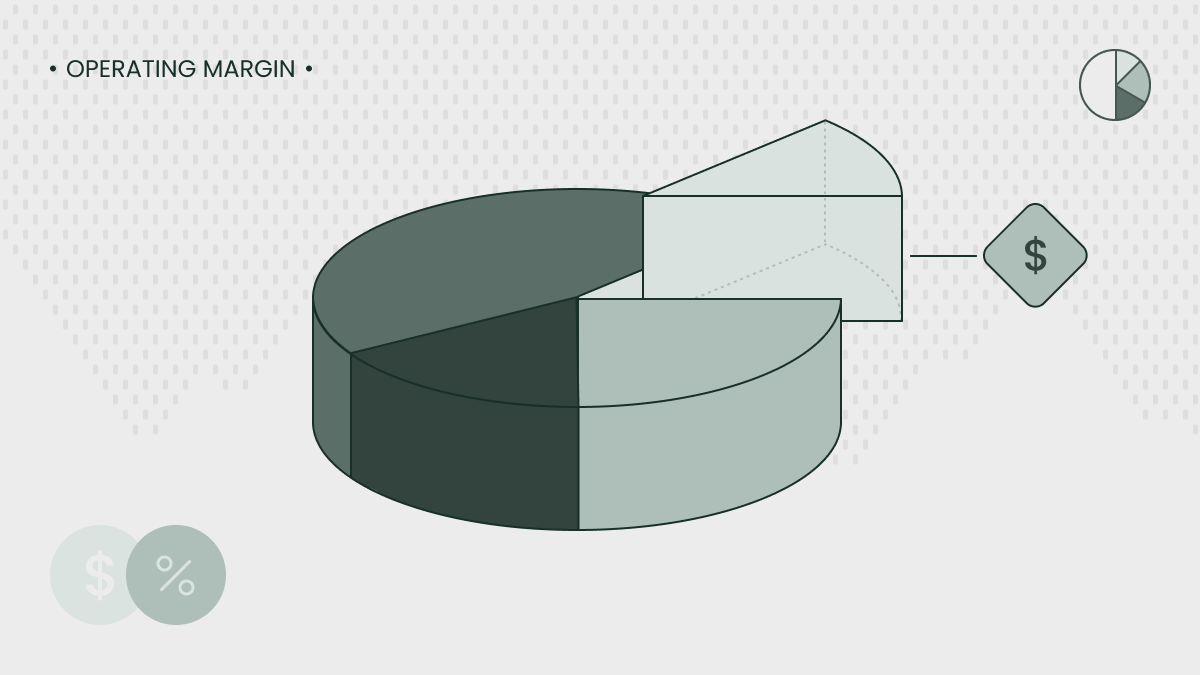What is operating margin?
Operating margin is a very critical financial benchmark a company can use to determine its core business’s profitability. It is a part of the revenue that remains after the subtraction of certain production costs, such as wages and raw materials, but before accounting for taxes, interest, and other costs. It indicates how well a company can manage its operating expenses and revenue.
Key points:
Operating margin indicates the profitability of a company’s business operations, without non-operational costs.
It is calculated by dividing operating income (revenue minus operating costs) by total revenue, and then multiplying by 100.
A higher operating profit margin can show that the company is more successful in generating profit from its business activities.
Operating margin is a good indicator for comparing the financial performance of companies within the same industry.
Companies with a strong operating margin can better cover their expenses, reinvest their profits, and surpass economic downturns.
The importance of operating margin:
The ability to manage costs and maximize total sales is determined by operating margin - an indicator that is indicative of the financial results of any business. Investors, analysts and stakeholders watch this metric closely to determine a company’s performance and whether it can continue to generate profits.
In general, operating margin is not just a figure that calculates the profit generated by an organization; rather, it offers an analysis of how well revenue transfers into profits from the operations of a business. Therefore, this criterion is important in strategy development, financial planning, and the operational performance evaluation of any organization.
Importance of operating margin
Operating margin plays a key role in evaluating a company’s financial performance and operational efficiency. Here are the main reasons operating margin is important:
Performance benchmark
Operating margin is a vital parameter for exploring a company’s profitability within its sector. By assessing the operating margins of similar businesses, stakeholders can determine which companies have greater efficiency in creating profits from their business. This kind of indicator can bridge the gap between industry leaders and outsiders, leading to a better understanding of competitive status and operational efficiency.
Financial health
The operating margin of a company provides a clear picture of its ability to keep expenses under control in relation to revenue. A higher operating margin signals bigger chances of survival and growth in turbulent periods, for example, during a financial crisis. Conversely, a low or declining operating margin may suggest that there is poor cost management or pricing strategies, necessitating management intervention to fix financial performance.
Investor confidence
Investors and stakeholders see operating margin as a key indicator of a company’s financial health and stability. It represents both profitability and operational confidence, which means the ability to generate sustainable earnings by management. This metric has an influence on investor confidence and investment decisions because higher operating margins are often associated with stronger financial fundamentals and lower risk.


